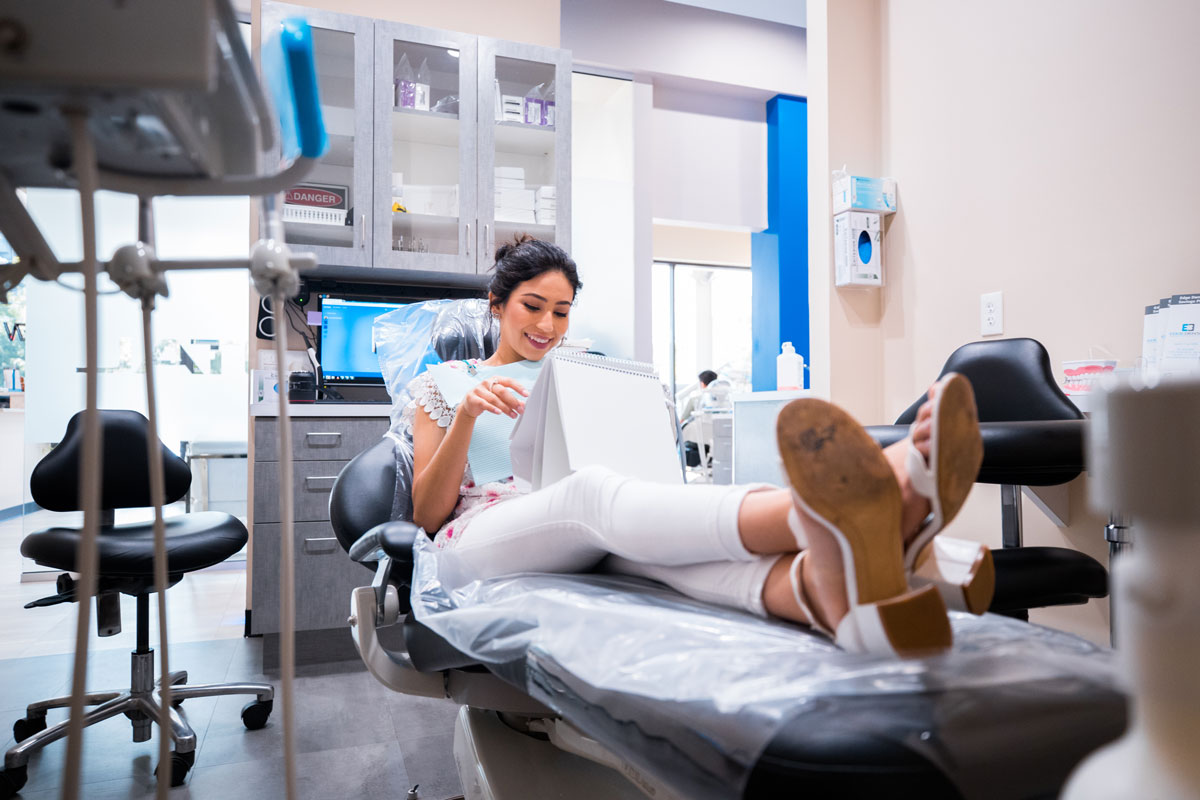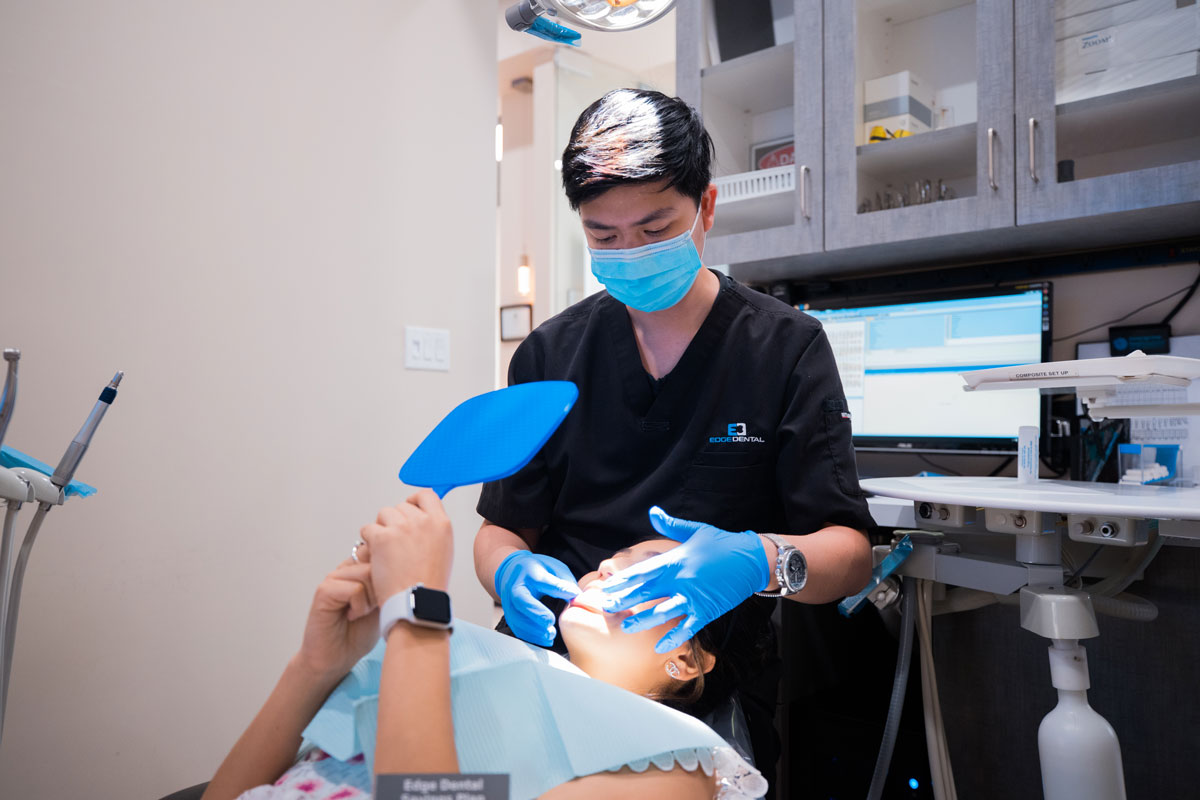Sleep apnea is a common sleep disorder that affects millions of people worldwide. It disrupts breathing during sleep, leading to poor sleep quality, daytime fatigue, and serious health risks such as heart disease, high blood pressure, and stroke. While lifestyle changes and CPAP machines are the primary treatments, medicine for sleep apnea has emerged as a supportive option, especially for those who struggle with other therapies. This article explores the role of medications in managing obstructive sleep apnea and what patients should know before considering them.
Understanding Obstructive Sleep Apnea
OSA stands as the most common variety of sleep apnea,, which affects many individuals. Due to the throat muscles while sleeping people develop blocked airways. The breathing interruptions occur multiple times during the entire night and reach dozens or hundreds of episodes. The signs of OSA frequently escape patient awareness because others must identify their loud snoring alongside choking or airway obstruction events when they sleep.
The Role of Medicine in Sleep Apnea
Traditionally, medicine for obstructive sleep apnea patients does not start their treatment with medicine. Continuous Positive Airway Pressure (CPAP) machines together with dental appliances and surgical procedures operate as the primary treatment methods. The use of medications provides limited support to symptoms while enhancing patient tolerance toward different treatment options.

1. Prescription Medications
Some medications play a role in managing OSA symptoms since they can control nervous system functions and improve both sleep quality and symptoms. For example:
● The prescription medications Modafinil and Armodafinil stimulate wakefulness for patients affected by sleep apnea-related daytime sleepiness.
● Solriamfetol (Sunosi) serves as a wakefulness-promoting drug which gained Food and Drug Administration approval for treating fatigue caused by Obstructive Sleep Apnea.
● Low-dose antidepressants and sedatives may be prescribed to support airway stability according to studies, but their effectiveness remains under investigation.
Always consult a sleep specialist before starting any medicine for sleep apnea, as these drugs may have side effects or interact with other medications.
2. Experimental and Off-label Treatments
Doctors experiment with the unapproved prescription of acetazolamide or select muscle relaxant medications to decrease sleep apnea breathing disturbances at night. The medication treatment options only receive limited prescriptions since they can contain dangerous risks.

When to Consider Medication
Medication is usually recommended when:
● CPAP therapy is not tolerated.
● Lifestyle changes and dental appliances are ineffective.
● The patient suffers from residual daytime sleepiness.
Most treatments of choice combine medication with primary therapy instead of using medications independently.
Alternative Treatments: Dental Devices and Surgery
Non-pharmacological solutions now receive assistance from AI dental x rays which help dentists discover sleep apnea-related problems in jaw and airway structures. My local dentist could suggest pursuing special dental devices that shift the jaw for night-time airway protection following his analysis. Emergency dentist provide airway support devices to patients during sudden breathing emergencies.
Final Thoughts
Understanding the scope and limitations of medicine for sleep apnea is crucial for patients exploring treatment options. While not a cure, medications can be an effective tool in managing symptoms of obstructive sleep apnea, especially when used in combination with other therapies. If you suspect you have sleep apnea or are dissatisfied with current treatments, consult a healthcare provider or dentist near me to explore tailored solutions. In urgent cases, don’t hesitate to contact an emergency dentist or sleep specialist for immediate assistance.
Comments